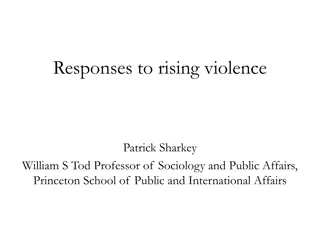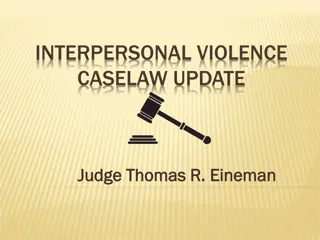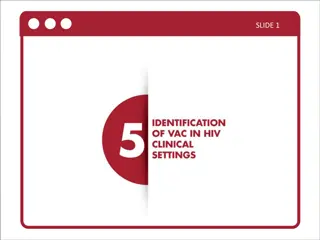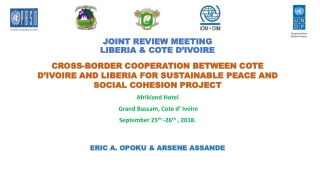Exploring Peace, Violence, and Security Studies
Peace and violence play crucial but often overlooked roles in security studies. Definitions of violence vary, from physical harm to societal impact, posing challenges in understanding its complexities. Security studies delve into distinctions between legitimate and illegitimate motives and forms of violence, as well as effective versus ineffective approaches.
Download Presentation

Please find below an Image/Link to download the presentation.
The content on the website is provided AS IS for your information and personal use only. It may not be sold, licensed, or shared on other websites without obtaining consent from the author. Download presentation by click this link. If you encounter any issues during the download, it is possible that the publisher has removed the file from their server.
E N D
Presentation Transcript
CHAPTER 14: PEACE AND VIOLENCE Security Studies: An Introduction. 4th Edition. Paul D. Williams and Matt McDonald. Routledge 2023. Paperback ISBN - 9781032162737 Information Classification: General
PEACE, VIOLENCE, AND SECURITY STUDIES Peace and violence should be central to security studies but arguably they ve received limited specific and explicit attention. Violence is often seen as a slippery concept , while peace raises questions about whether we are focused simply on the absence of violence or the presence of justice. In security studies, there is a tendency to assume that violence is about the large-scale use of armed force, and there is a positive relationship between the capacity a state s military to inflict violence and the level of its security. Security Studies: An Introduction. 4th Edition. Paul D. Williams and Matt McDonald. Routledge 2023. Paperback ISBN - 9781032162737 Information Classification: General
WHAT IS VIOLENCE? THE CHALLENGES OF DEFINITION KILBY (2013): [Violence is] material and symbolic; structural and aberrant; collective and individual; visible and invisible; legal, extralegal and illegal; brutal and subtle; sporadic and everyday; and spectacular and banal. It is a feature of war and peace, and is a source of ambivalence, being legitimate and justified at times, in certain circumstances, and according to specific protocols, but not others. It is source of (apparent) pleasure for some; the experience of horror for others; and a matter of indifference for many . HEWLETT (2016): Deliberately causing physical pain, injury or death to others Political violence will therefore be deliberately causing physical pain, injury or death with political goals in mind . GALTUNG (1969): Violence is present when human beings are being influenced so that their actual somatic and mental realisations are below their potential realisations . Howes (2009) on the challenges of defining violence: Even when thinkers argue strenuously for or against the necessity of violence, it can be difficult to know exactly what they mean by violence. Does violence refer to incarceration as well as killing? Does it include the destruction of property as well as people? If killing is legitimate, moral and constructive, is it still violence? Deciphering the character of violence in most political theory is a matter of sifting and culling, prodding and inferring and almost never a matter of referring to clear, carefully developed concepts . Security Studies: An Introduction. 4th Edition. Paul D. Williams and Matt McDonald. Routledge 2023. Paperback ISBN - 9781032162737 Information Classification: General
SECURITY STUDIES AND VIOLENCE: KEY DISTINCTIONS Though simplistic, a range of distinctions are often made (or assumed) in security studies about the right type of violence. For example: Legitimate v illegitimate motives for violence: Legitimate: humanitarian intervention or self-defence. Illegitimate: terrorism, genocide. Legitimate v illegitimate forms of violence: Legitimate: precision-guided munitions, proportional force. Illegitimate: suicide bombing, use of WMDs. Effective v ineffective violence: Effective: defeat of the enemy and achievement of stated aims. Ineffective: loss on the battlefield, severe costs, radicalizing targets. Security Studies: An Introduction. 4th Edition. Paul D. Williams and Matt McDonald. Routledge 2023. Paperback ISBN - 9781032162737 Information Classification: General
IS ALL VIOLENCE PHYSICAL AND VISIBLE? Engels (1845): unequal social relations and economic exchange that create harm, even death, should be viewed as a form of violence. Galtung (1969): we should focus on structural violence. This refers to powerful forms of inequality and social injustice such as poverty, hunger, disease, racism, colonialism and the international economic system. Scheper-Hughes and Bourgois (2004): Everyday violence is important. This includes infant mortality, starvation, disease, despair and humiliation experienced by socially marginalised people. Security Studies: An Introduction. 4th Edition. Paul D. Williams and Matt McDonald. Routledge 2023. Paperback ISBN - 9781032162737 Information Classification: General
DEFINING PEACE Following Galtung (1969), peace can be defined in negative terms as the absence of conflict or physical violence or in positive terms as the presence of social justice or the absence of structural violence. When we speak of peace, do we mean peace between states, peace between communities or peace between individuals? UN Secretary-general Ban Ki-moon (2004): Peace means access to education, health and essential services especially for girls and women. It means giving every young woman and man the chance to live as they choose. It also means developing sustainably and protecting the planet s biodiversity. More than ever, it means living with others on the basis of tolerance, respect and mutual understanding. Security Studies: An Introduction. 4th Edition. Paul D. Williams and Matt McDonald. Routledge 2023. Paperback ISBN - 9781032162737 Information Classification: General
MEASURING PEACE: TWO APPROACHES Global Peace Index https://www.visionofhumanity.org/ Provides a ranking of 163 states according to peacefulness , with indicators ranging from military spending and personnel numbers to homicide rates and availability of weapons. 2021: Trends: 87 countries became more peaceful, 73 became less peaceful. Most peaceful countries: Iceland, New Zealand, Denmark, Portugal, Slovenia. Everyday Peace Indicators https://www.everydaypeaceindicators. org Offers an alternative to the metric- driven and top-down approach of Global Peace Index and focuses on how communities experience peace and conflict. Key questions: Do people have enough food? Are young people engaged? Can people walk freely and safely at night? Are people free to worship as they want? Can people access medical care? Can people send children to school? Security Studies: An Introduction. 4th Edition. Paul D. Williams and Matt McDonald. Routledge 2023. Paperback ISBN - 9781032162737 Information Classification: General
NONVIOLENCE What is it? Does it work? Struggle without the direct use of armed force. Draws on Gandhi in his struggle against British colonial rule in India. For Gandhi, the means define the ends. Prominent examples: India 1920s-1947, US civil rights movement 1960s, Philippines People Power 1986. Chenoweth and Stephan (2011), Why Civil Resistance Works: examine 323 violence and nonviolent conflicts (from 1900-2006). They conclude nonviolent struggles were more than twice as effective in achieving positive ends as violent ones. Critics: Does it need almost total participation? Does it require the target to care about perception (i.e., legitimacy)? Is it an appropriate tool in response to genocide and mass atrocities? Security Studies: An Introduction. 4th Edition. Paul D. Williams and Matt McDonald. Routledge 2023. Paperback ISBN - 9781032162737 Information Classification: General
FORMS OF ACTION WITHOUT VIOLENCE Nonviolent action: acting against oppression, injustice or violence without the use or threat of the use of violence. Civil resistance: collective campaigns, run by civil society without engaging in the use of violence or the threat of violence. Civil disobedience: breaking or challenging the law in order to fight or highlight injustice or oppression. People Power: pressure exerted by grassroots movements, public demonstrations or public opinion. It is a term associated with the empowerment of the general public against formal political forces or corporate interests. Gene Sharpe identifies 198 nonviolent techniques divided into three categories: protest and persuasion (e.g., civil protests), non-cooperation (e.g., boycotts), and nonviolent intervention (e.g., occupations, sit-ins). Security Studies: An Introduction. 4th Edition. Paul D. Williams and Matt McDonald. Routledge 2023. Paperback ISBN - 9781032162737 Information Classification: General
ESSAY / EXAM QUESTIONS Is it fair to say that security studies has neglected violence? Has it also neglected peace? Should violence be understood as the direct use of force, or can it be extended to include structural violence, for example? Although violence is central to security studies, security theorists rarely stop to examine violence as a concept, focusing instead on distinguishing legitimate violence from illegitimate violence. Discuss. Do you agree with the statements violence works and violence is inevitable ? Explain the reasoning behind your answer. Is there a positive relationship between an actor s capability to inflict violence with its military and its level of security? Is it appropriate to define peace simply as the absence of violence? If so, what sort of violence needs to be absent for a person to experience peace? How should peace be measured? Is nonviolence a useful form of political struggle? Under what circumstances is it most likely to be effective? Security Studies: An Introduction. 4th Edition. Paul D. Williams and Matt McDonald. Routledge 2023. Paperback ISBN - 9781032162737 Information Classification: General
WEBSITES AND AUDIO-VISUAL RESOURCES Websites Histories of Violence (a website featuring analyses, interviews and video lectures about key thinkers and concepts in the study of violence), www.historiesofviolence.com The Global Peace Index, https://www.visionofhumanity.org Everyday Peace Indicators, https://everydaypeaceindicators.org The Albert Einstein Institution (founded by Gene Sharp in 1983 to promote the study of nonviolent action), http://www.aeinstein.org Films about Peace & Violence Gandhi (1982): https://www.youtube.com/watch?v=B7I6D3mSYTE Gene Sharp How to Start a Revolution (2011): https://www.youtube.com/watch?v=CVqgde1We8E Erica Chenoweth, The success of nonviolent civil resistance (2013): https://www.youtube.com/watch?v=YJSehRlU34w Security Studies: An Introduction. 4th Edition. Paul D. Williams and Matt McDonald. Routledge 2023. Paperback ISBN - 9781032162737 Information Classification: General









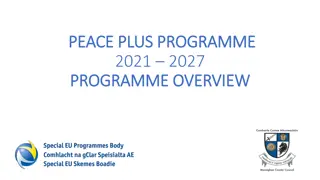


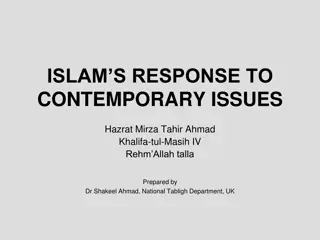

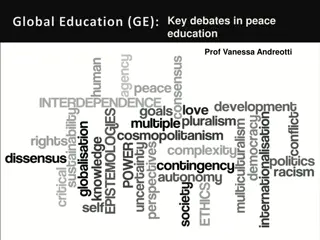

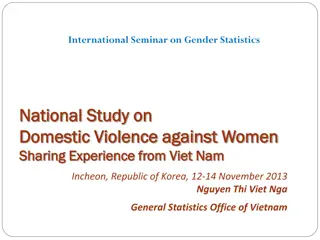
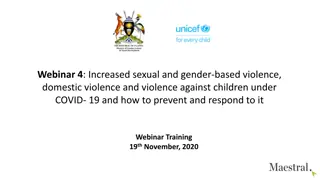
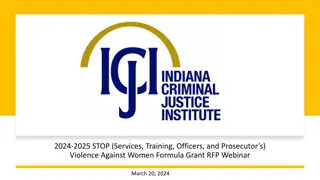

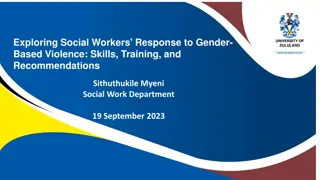
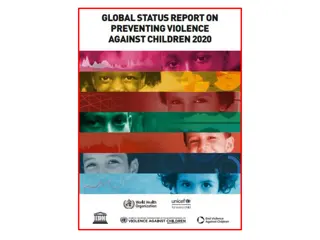
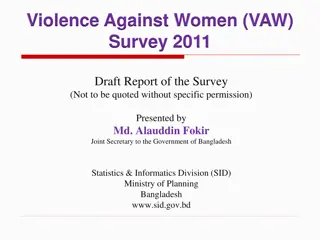
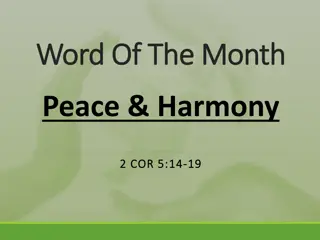

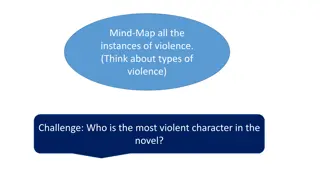
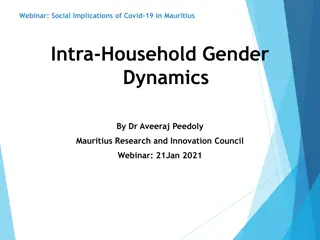
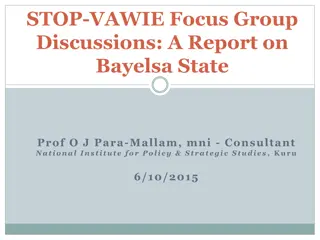
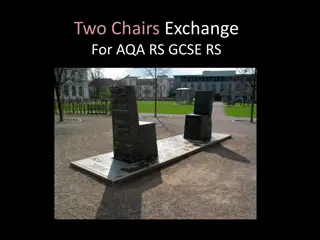
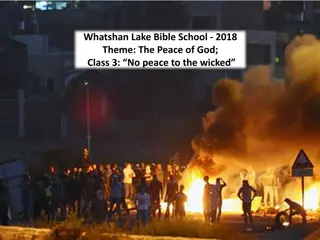
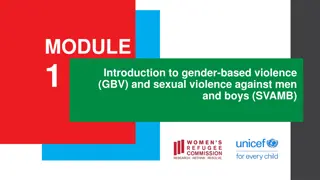

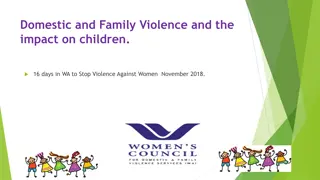

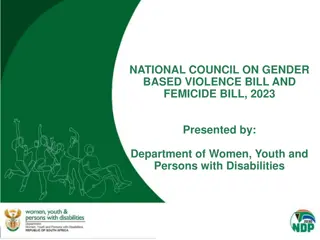


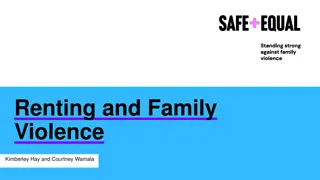

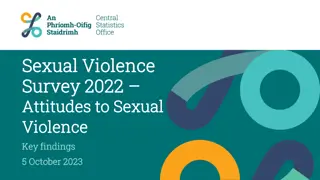
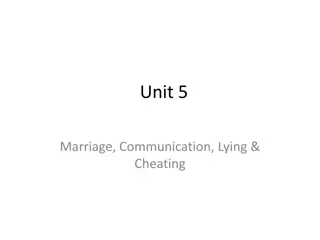
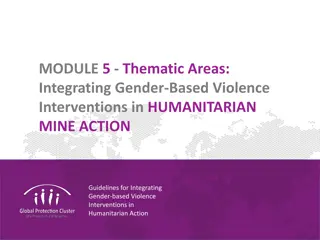


![Workplace Violence Prevention Plan in [District]: Definitions, Elements, and Implementation](/thumb/117038/workplace-violence-prevention-plan-in-district-definitions-elements-and-implementation.jpg)
